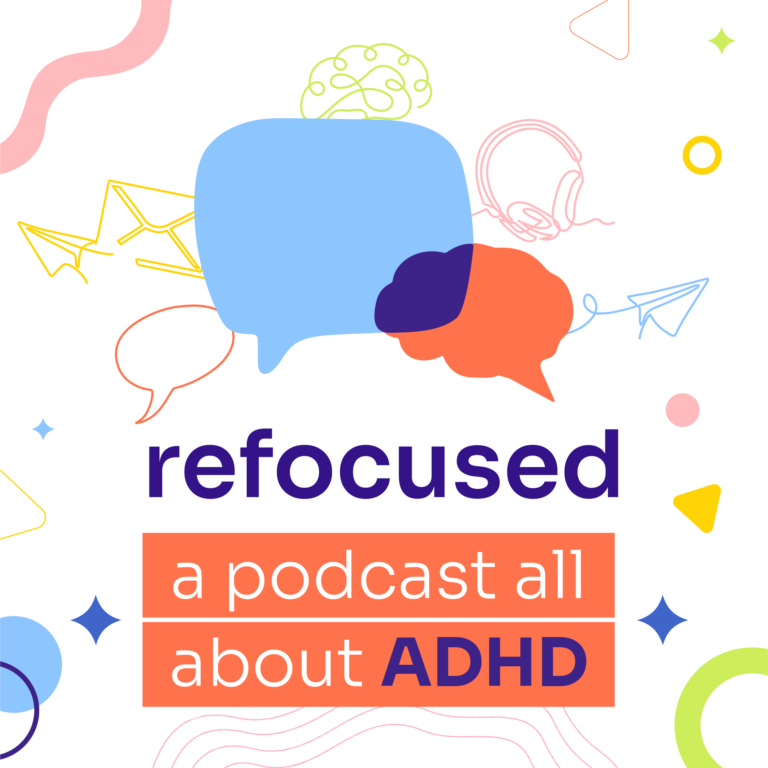

By Mary Fetzer
In recent years, there has been a noticeable increase in the diagnosis of ADHD in adults, with a particular rise in women receiving diagnoses. This has led to important discussions about the potential overdiagnosis of adult ADHD. Mental health experts caution against this line of thinking, however, and explain why the increase in diagnoses is more than just a temporary trend.
Why ADHD Diagnoses Are on the Rise
Dr. Ryan Sultan, a psychiatrist, therapist and an assistant professor of clinical psychiatry at Columbia University, says there are multiple factors contributing to the rise in adult ADHD diagnoses.
• More Information and Awareness
“Greater awareness and education about ADHD, particularly in adult women, have led to more individuals recognizing their symptoms and seeking professional evaluation,” Sultan says.
Psychotherapist Leanna Greenberg, who practices in New York, Connecticut and Massachusetts, agrees and stresses that if the surge in ADHD diagnoses is only a temporary trend, that doesn’t make the diagnoses any less legitimate.
“Things that trend are things that resonate with people, things they identify with,” she says. “There’s something about attention, impulsivity and the emotional constellation that’s described with an ADHD diagnosis that’s speaking to people.”
The spotlight on adult ADHD seems to have increased awareness all around.
“We tend to see a lot more of something when we’re primed for it,” Greenberg says. “People — help-seekers and providers alike — are primed for ADHD right now and more likely to see the symptoms.”
• Better Diagnostics and Assessments
As more research on adult ADHD is conducted and information and awareness grow, the need for guidelines in diagnosing ADHD has become evident.
Medical and mental health providers base ADHD diagnoses on specific criteria outlined in diagnostic manuals, including the Diagnostic and Statistical Manual of Mental Disorders (DSM). The DSM is a handbook that the American Psychiatric Association created to set out standards for diagnosing various mental health conditions. The most recent version of the DSM is the DSM-5-TR. Another diagnostic manual experts sometimes use is the International Classification of Diseases, Tenth Revision, or ICD-10.
The specific criteria outlined in the manuals inform the established procedures health professionals use to diagnose ADHD. Those procedures include comprehensive evaluations that include interviews, behavior rating scales and medical history assessments. Guidelines for diagnosing ADHD in adults, while only just emerging, are contributing to the rise in diagnoses.
“Advances in these diagnostic tools and assessment methods have improved the accuracy of ADHD diagnosis in adults,” Sultan says. “The improvements, combined with continual research, have enabled a broader understanding of ADHD and led to a rise in diagnoses.”
• Previously Missed ADHD Diagnoses
Among school-age children, boys are three times more likely than girls to be diagnosed with ADHD. And because ADHD can persist into adulthood, women who were undiagnosed in childhood may continue to experience symptoms as adults.
The symptoms most often associated with ADHD — hyperactivity, impulsivity and inattentiveness — tend to show up differently in females than in males, according to research.
“Historically, this is why ADHD has been underdiagnosed in women and girls,” Sultan says. “But increasingly, the recognition of gender differences in the way ADHD presents is playing a role in rising diagnoses.”
Women, along with their health care providers, are becoming more likely than before to consider ADHD as the source of behaviors such as forgetfulness, talkativeness, fidgeting or difficulties with time management. In prior years, women and their providers might have attributed such symptoms to other causes.
• Consideration of Comorbidities
“Many adults seeking ADHD diagnoses may also have co-occurring mental health conditions, such as anxiety or depression,” Sultan says. “This can complicate the clinical picture.”
In fact, experts believe half or more of people with ADHD also suffer from one or more accompanying mental health conditions — what are called “comorbidities.”
Sometimes, that has meant providers have evaluated symptoms and diagnosed only the non-ADHD condition. A provider should consider all symptoms. That will — in some cases — correctly lead to diagnoses of both ADHD and other mental health conditions.
It Matters How the Rise in Diagnoses Is Framed
The increasing prevalence of ADHD in adult women is not evidence of overdiagnosis, according to Julie Landry, a clinical psychologist specializing in the assessment of ADHD and autism in adults.
“The idea of ADHD as a trend and intentional feigning of symptoms in order to access stimulant medication have been cited as concerns for the rise in ADHD diagnoses,” she says. “But empirical evidence suggests that this increase is due to the evolution of diagnostic criteria and the increased awareness of ADHD within marginalized populations, including females.”
Greenberg says there will always be “bad actors” who seek a diagnosis not because they have ADHD but for some more nefarious reason, such as having access to stimulant medication.
“To achieve a legitimate ADHD diagnosis from a licensed professional, someone must be experiencing functional impairment,” she says. “The purpose of the diagnosis is to access resources to alleviate that impairment.”
Despite the talk of overdiagnoses, adult ADHD remains underdiagnosed, many experts believe. And Landry says that’s why it’s important to frame the rise in ADHD diagnoses as the positive thing that it is.
“Undiagnosed ADHD significantly impacts mental health, physical health and functioning in occupational, academic and social situations,” Landry says. “Focusing on possible overdiagnosis of ADHD will likely be harmful, creating barriers to accessing care and increasing stigma, especially among females and marginalized communities.”






